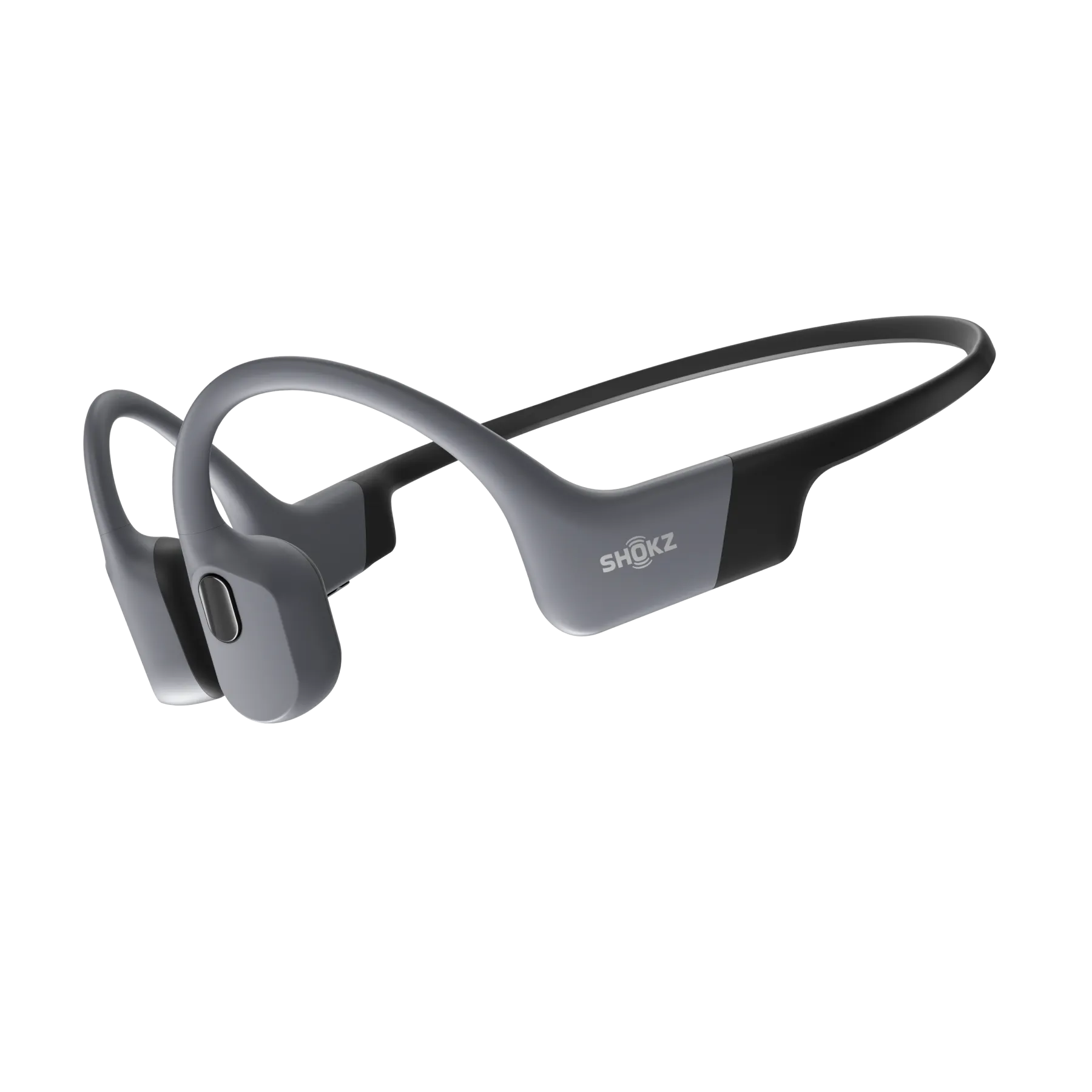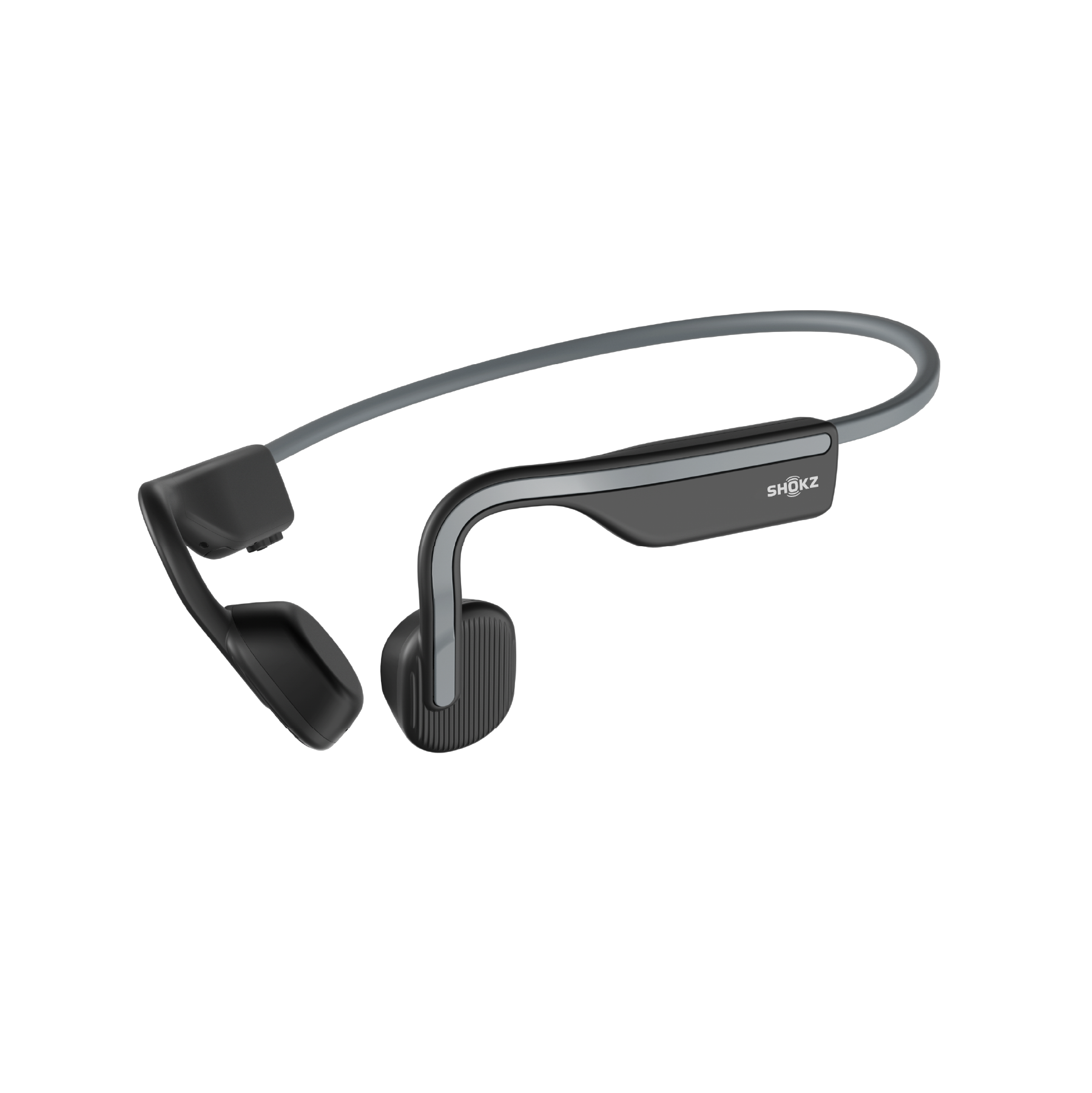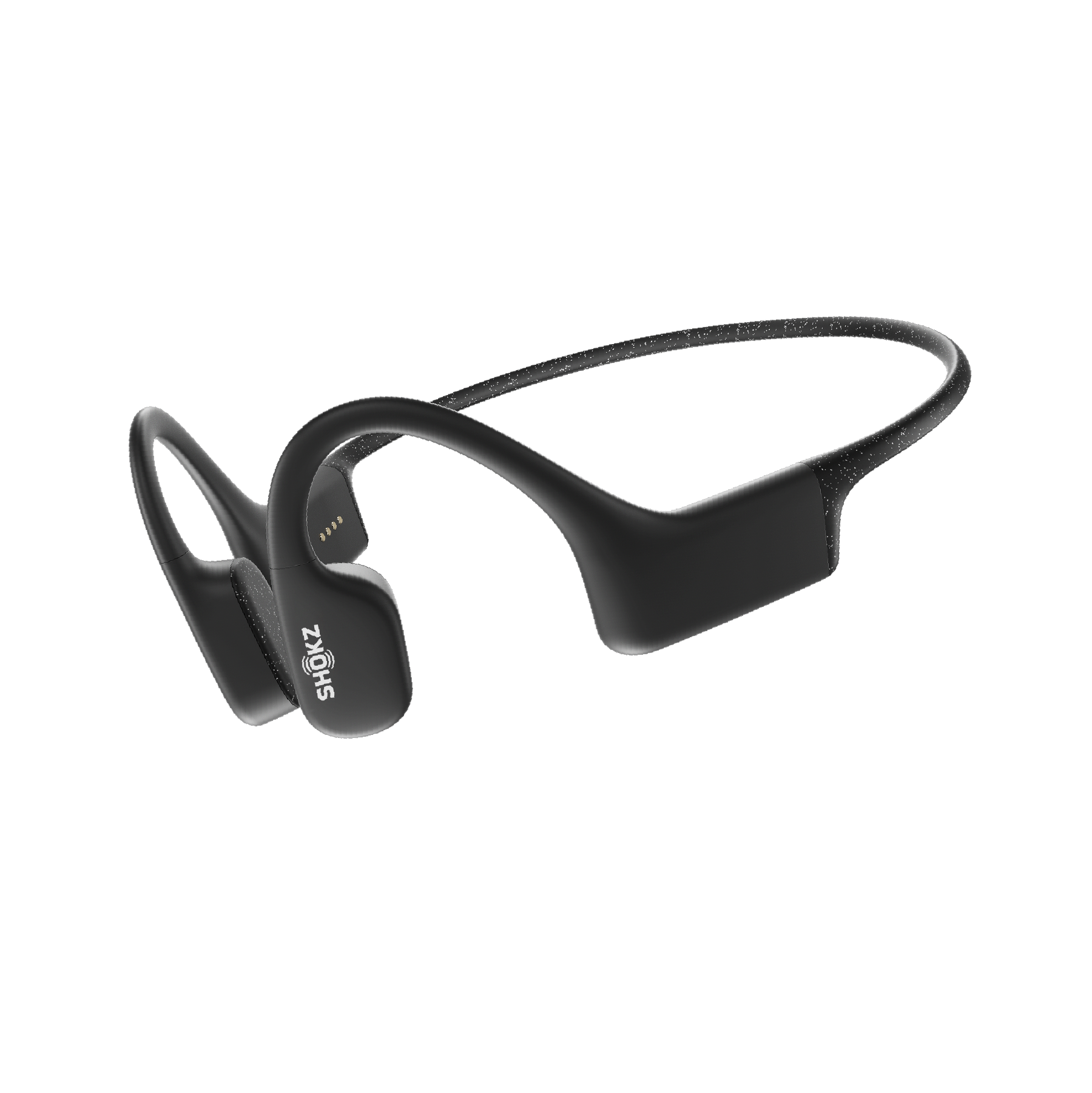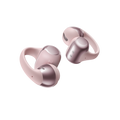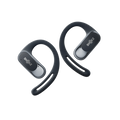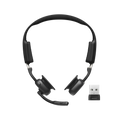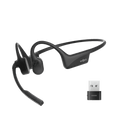Are you interested in adding a new dynamic to your runs? Running with weights can help build muscle and increase endurance when incorporated into your workouts properly. Whether you’re a weighted running newbie or you’ve been running with weights longterm, learning what type of wearable weights to use and how to incorporate them into your training regimen is the best way to ensure results. We spoke with running duo Amanda Basham and Justin Grunewald to get their advice on how to run with weights. Check out their responses and add some weights to your next run!
Ultrarunner Justin’s Tips on Running with Weights
SHOKZ: What are your favourite weights to use when running?
JUSTIN GRUNEWALD: My favourite type of weight to use while running is a weighted vest. I typically only add around 10 lbs into the vest but its amazing how much easier this makes running feel without the vest. Also, in ultrarunning competitions, participants are typically required to wear a weighted pack that could weigh five or-15 lbs, so I feel a weighted vest is good practice for that running scenario.
SHOKZ: How can someone determine how much weight is needed for their workout goals and experience level?
JG: I think determining the amount of weight needed depends on your objective. If you are training to gain muscle mass, I'd recommend more weight lifting. But, that could also justify adding a larger amount of weighted wearables on your runs making sense. If your running objective is more for cardio or endurance I think adding weights that total five to seven percent of body weight makes sense. The big thing is to make sure you aren't causing undue strain on your knees, ankles, and joints, no matter how much weight you’re adding.
SHOKZ: How can you avoid accidental injury when running with weights?
JG: I think to avoid injury you should always start light and work your way up. I also do not recommend using ankle weights while running, as that can cause added strain to your knees.
SHOKZ: Why is running with weights beneficial?
JG: Running with weights is beneficial because it increases your strength and makes running without the extra weight significantly easier.
SHOKZ: What are some of your favourite drills or exercises to do when wearing weights?
JG: The majority of drills I do while wearing weights are pretty simple. They’re all things I would normally do with just my body weight. That would include push ups, pull ups, and hip exercises (like clamshell, step ups, and side leg raises, for example). However, adding weights typically results in a little more fatigue, so I keep my number of reps low.
Professional Trail Runner & Coach Amanda Shares Advice on Running with Weights
If you’re a runner then you’ve probably seen or heard about running with weights. This might be small hand weights, a weight vest, a full backpack or vest, and a number of creative things other runners have come up with. But is carrying extra weight necessary? Is it safe? Well, it depends on what you’re carrying, how you’re carrying it, and what your goal is.
How to Choose Your Weighted Running Gear
Road, trail, and track running all have different distances, gear requirements, and terrain. It’s important to train specifically for your event or adventure. I’m a trail runner specializing in long-distance mountain races, so there is often a lot of gear that will need to be carried for several hours. In this case, I will train with a hydration pack filled with what I’ll need on race day to get used to the weight my body will need to be comfortable with carrying.
This differs a lot from a road marathon where you will likely only need a gel and water bottle. You will still want to practice that in training but it’s not necessary to be carrying 5-10 lbs of extra weight during your runs in that case. My favourite packs, hydration vests, and hand bottles are from the UltrAspire brand. They have everything from hand straps to race vests to larger packs for all-day adventures.
When to Wear a Weighted Vest
Another reason runners carry weights running may be because their goal is to lose weight. In this case, I don’t usually recommend hand weights. Carrying dumbbells or hand weights while running can cause you to change your gait, which can lead to injury. A weighted vest is a much safer way to do this by having it close to your center of mass and more evenly distributed. Even then, I still recommend running and strength training separately so that you can target the correct muscle groups with proper form and prevent injury.
If you’re planning on a big self-supported adventure, you’ll definitely want to be strong enough to carry all of your gear for however many hours or days you plan to be out there. If you can’t train with your pack on then a weight vest is a good alternative. Choose a vest that is about the amount of weight you’ll be carrying for your race and practice the way you plan to move in it, which may be a mix of both hiking and running. This way, your body is used to the way you’ll actually be moving with the extra weight incorporated.
To sum it all up, training for the specificity of your event and goal is the most important thing to consider. Running with extra weight may not be necessary for you, and if it is then you’ll want to do it as safely as possible.
About the Authors
Follow Amanda’s running adventures and training on Instagram.
Keep up with Justin’s training and runs when you follow him on Instagram.
Did you enjoy these tips on how to run with weights? Read our Top 5 Common Runner Injuries to Avoid next!

